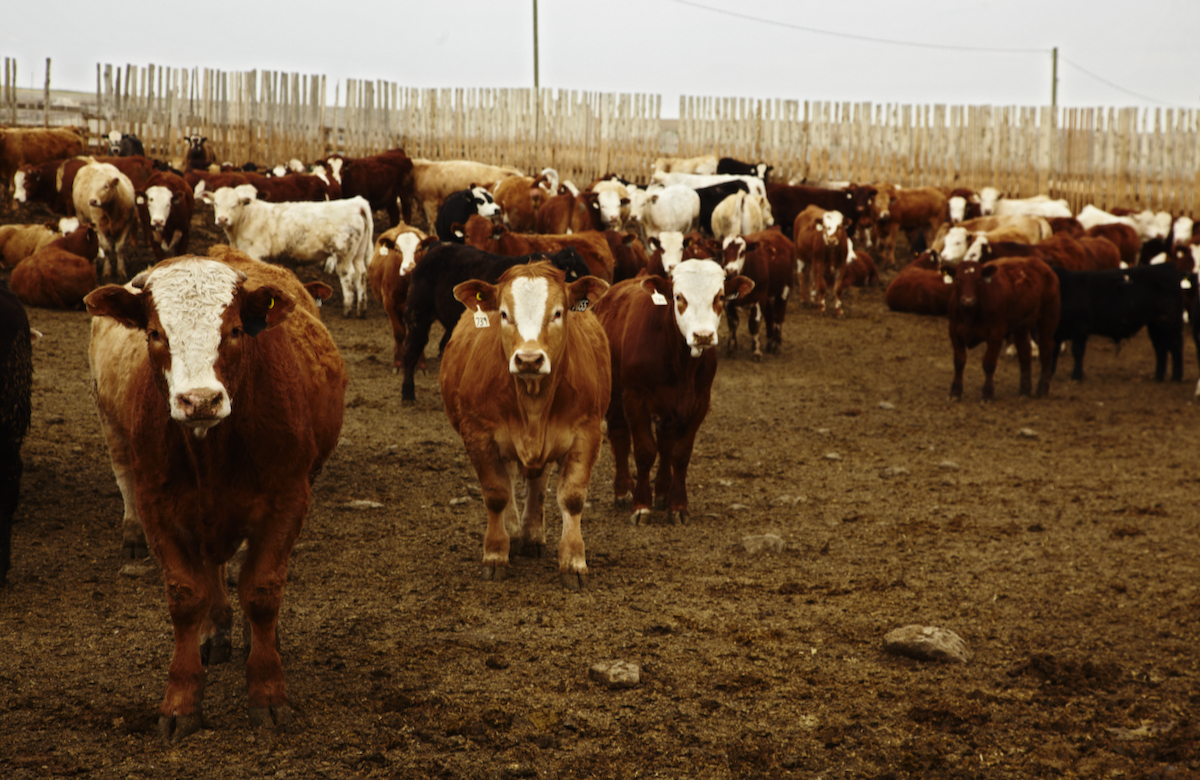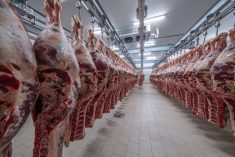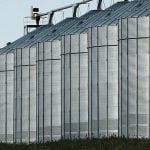Beef prices have been depressed along with the general economy but rebound when it improves, says a Purdue University agricultural economist.
“As beef cow numbers continue to drop, beef exports continue to improve and the world economy begins to heal, the magnitude of price improvement may be robust by sometime in 2010,” Chris Hurt said in a release.
“A return to finished cattle prices of $1 per pound or higher seems probable as per capita beef supplies will be low and competitive meat supplies will drop as well.”
Read Also

U.S. livestock: Cattle at fresh highs, hogs weaken
Cattle futures on the Chicago Mercantile Exchange climbed to fresh highs on Tuesday, as tight supplies and the ongoing closure…
Last summer finished steers were expected to average about $94 per hundredweight (all figures U.S.) in the first quarter of 2009, Hurt said. As the economy weakened, cattle prices fell and averaged only $81.50 in the January to March quarter. That’s $12.50 per hundredweight less than expected.
“This represents a reduction in potential revenue of $750 million just in the first quarter,” Hurt said.
Hurst said finished cattle prices are moving almost in lock step with the U.S. stock market.
“Using weekly data since September, the Dow Jones Industrial Average index and finished cattle prices have had a correlation of nearly 90 per cent,” Hurt said. “Of course the stock market doesn’t determine cattle prices, but they have both been influenced by macro economic conditions, which reflect weak demand.
“And finished cattle prices, like the stock market, had a big recovery in the past six weeks — moving from near $80 to $89.”
Because of seasonal tendencies, Hurt’s not sure these higher prices are here to stay. He expects finished cattle prices to average somewhere in the mid-$80 range during the second quarter and then during the summer months increase a couple of dollars.
“Assuming the economy has bottomed out by late 2009, I expect finished cattle prices to return to the high $80s to the very low $90s,” Hurt said. “If this happens, steer calf prices should average $100-$110 this fall, compared with $95-$105 last fall.”
As to why cattle prices are low, Hurt said supply is not the reason.
“In the first quarter of 2009, per capita beef supplies were down about three per cent,” he said.
He expects beef supplies to remain about three per cent below 2008 levels during the second quarter, but said they will be up about two per cent in the third quarter and unchanged in the final quarter for this year.















